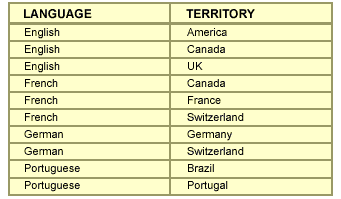在测试ASMlib的时候出现了oracleasm无法创建磁盘的错误,具体如下:
[root@vrh1 yum.repos.d]# /etc/init.d/oracleasm configure
Configuring the Oracle ASM library driver.
This will configure the on-boot properties of the Oracle ASM library
driver. The following questions will determine whether the driver is
loaded on boot and what permissions it will have. The current values
will be shown in brackets ('[]'). Hitting [ENTER] without typing an
answer will keep that current value. Ctrl-C will abort.
Default user to own the driver interface []: oracle
Default group to own the driver interface []: oinstall
Start Oracle ASM library driver on boot (y/n) [n]: y
Scan for Oracle ASM disks on boot (y/n) [y]: y
Writing Oracle ASM library driver configuration: done
Initializing the Oracle ASMLib driver: [ OK ]
Scanning the system for Oracle ASMLib disks:
[ OK ]
/* configure没有出现错误 */
[root@vrh1 ~]# /etc/init.d/oracleasm createdisk VOL1 /dev/raw/raw3
Marking disk "VOL1" as an ASM disk: [FAILED]
/* 之后发现在块设备上创建磁盘就没有问题,想想也是如果用了ASMLIB就没必要再建成裸设备了 */
[root@vrh1 ~]# /etc/init.d/oracleasm createdisk VOL1 /dev/sdb6
Marking disk "VOL1" as an ASM disk: [ OK ]
记以录之!


